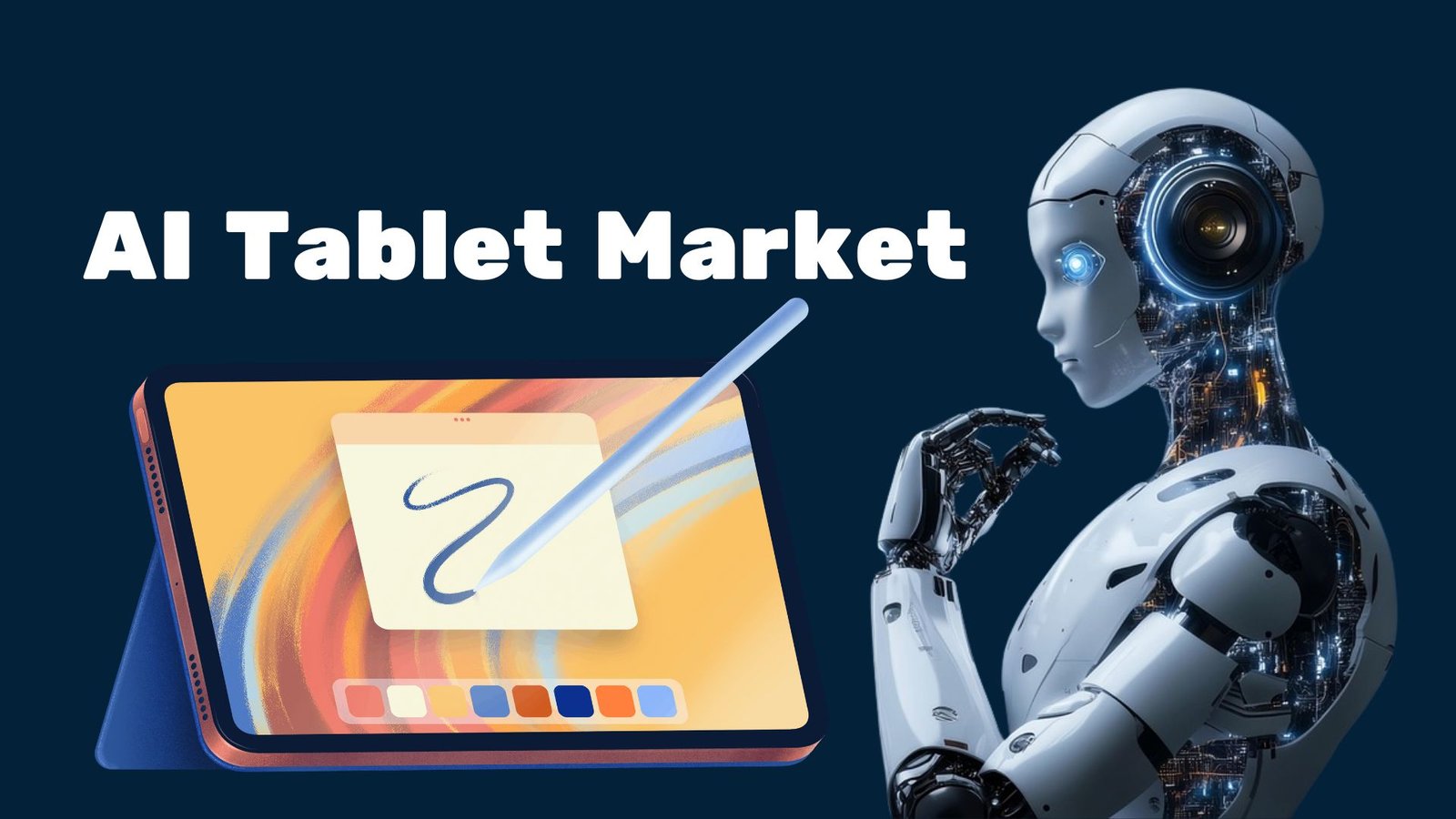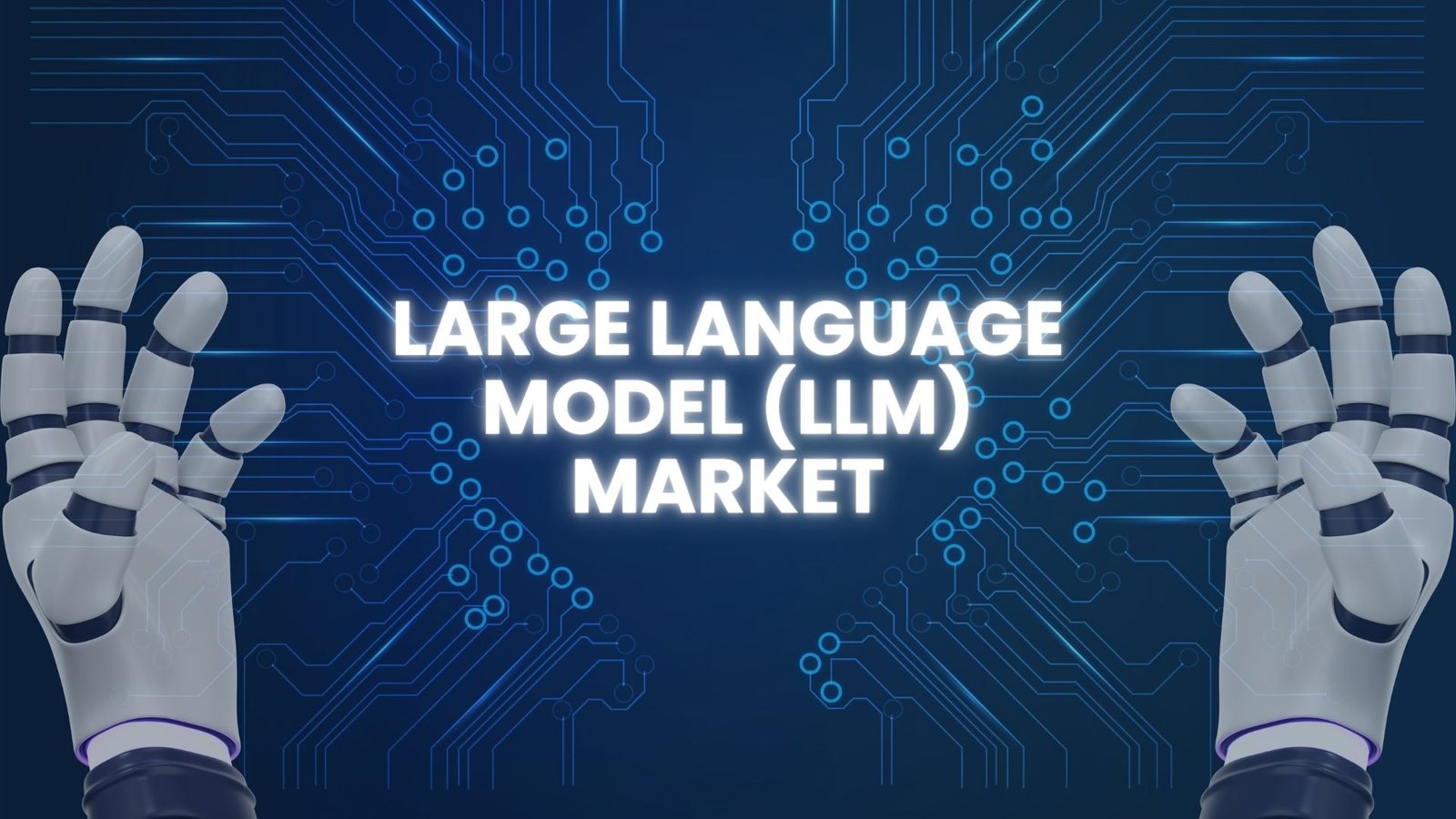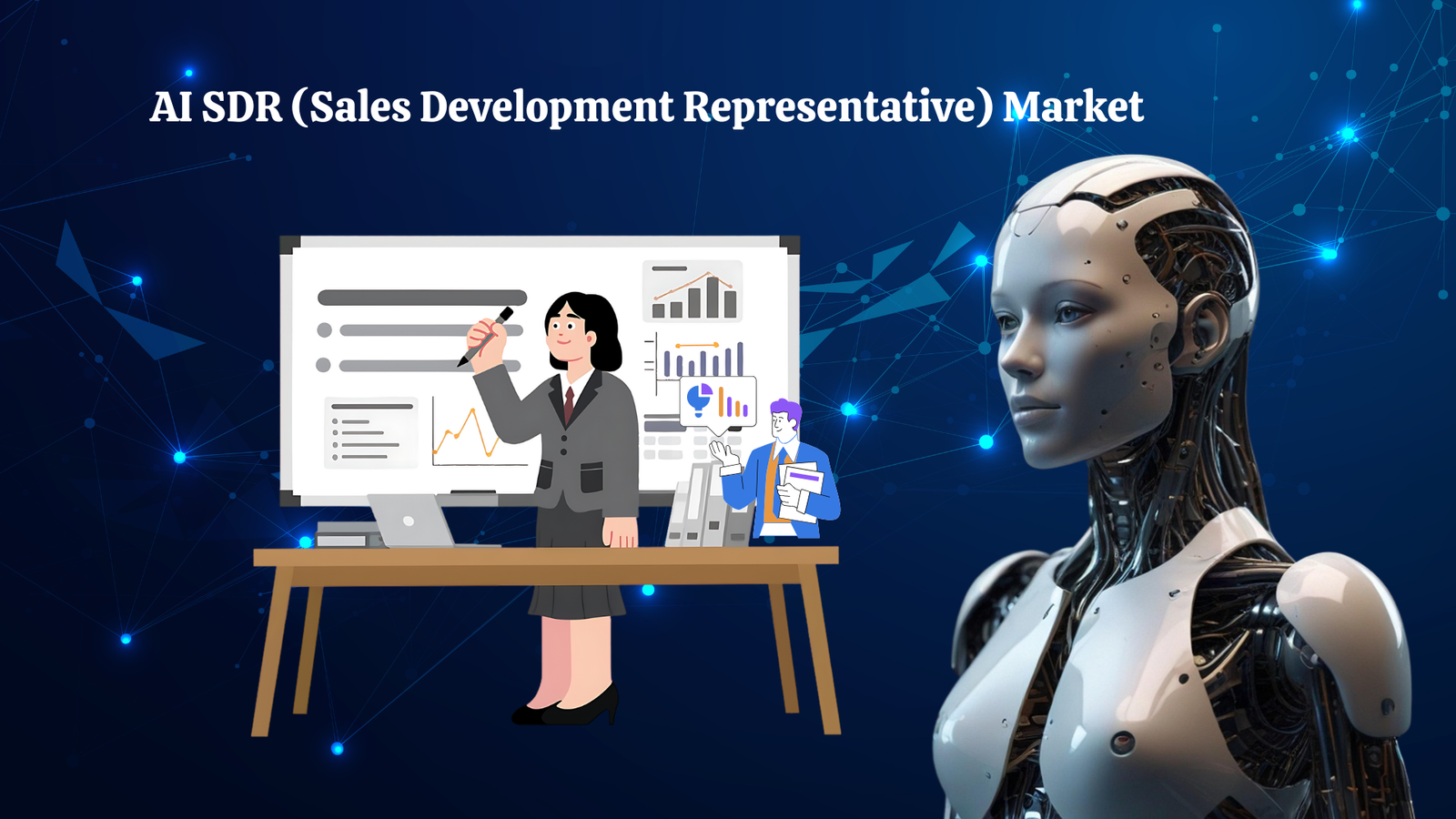AI-Based Driving Systems (L2 to L5) Market Set for 14.9% CAGR Growth
Updated · Sep 09, 2025

WHAT WE HAVE ON THIS PAGE
Introduction
The global AI-based driving systems (L2 to L5) market is expected to witness strong growth, supported by rising adoption of advanced driver assistance technologies and the ongoing transition toward fully autonomous vehicles. The market was valued at approximately USD 3.3 billion in 2024 and is projected to reach nearly USD 13.23 billion by 2034, expanding at a compound annual growth rate (CAGR) of 14.9% between 2025 and 2034. Growing investments in AI algorithms, sensor fusion, and vehicle-to-everything (V2X) communication are enhancing safety, efficiency, and driving automation capabilities.
The AI-Based Driving Systems market, covering Levels 2 to 5 of autonomy, is evolving rapidly with growing integration of advanced AI technologies in vehicles. These systems range from partial automation where the vehicle assists with acceleration and steering (L2) to full automation where no human intervention is needed at all (L5). The market’s expansion is primarily fueled by growing consumer demand and regulatory emphasis on vehicle safety and efficiency.
Features such as lane-keeping, automated emergency braking, and adaptive cruise control help reduce accidents caused by human error, which is responsible for over 90% of traffic incidents. The integration of AI enables vehicles to communicate with infrastructure and other road users, enhancing real-time decision-making and positioning autonomous vehicles as key enablers of safer and more efficient transport.
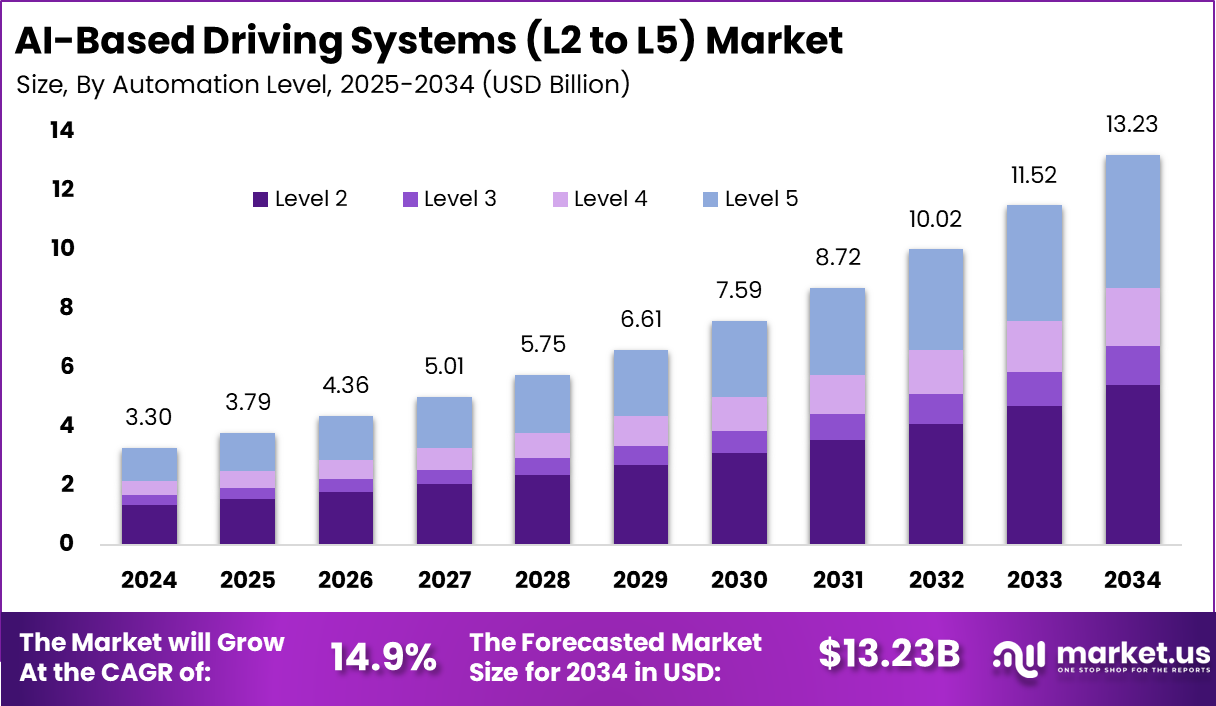
Key Insight Summary
- By automation level, Level 2 (Partial Automation) led with 40.9% share.
- By component, Software (perception, planning, control algorithms) dominated with 34.5% share.
- Passenger Vehicles were the leading vehicle type, capturing 46.9% share.
- By propulsion, Battery Electric Vehicles (BEVs) accounted for 38.3% share.
- Among end users, OEMs held the largest portion with 36.2% share.
- Regionally, North America maintained a strong position with 32% share of the market.
Analysts’ Viewpoint
Top driving factors for this market include the urgent need to improve road safety and reduce traffic accidents. AI-based systems offer enhanced capabilities for accident prevention and fuel optimization, contributing to both environmental and operational benefits. The demand is further supported by technological advances such as sensor fusion, AI processors, and vehicle-to-everything communication.
However, the high cost of advanced sensors like LiDAR and the complexity of regulatory compliance limit rapid deployment, especially for higher levels of autonomy (L4 and L5). Infrastructure weaknesses and cybersecurity concerns also temper the pace of adoption, especially in emerging markets with less developed smart road systems.
Adoption technologies increasing in prominence include sensor fusion combining cameras, radars, and LiDAR, AI chipsets specialized for driving decisions, and cloud-based updates for continuous software improvement. These technologies work together to improve the vehicle’s perception and decision-making, enabling higher levels of autonomy. Automakers are investing heavily in these areas to enhance reliability and expand autonomous features.
Regional Analysis
In 2024, North America held a dominant position, capturing more than 32% of the market share with revenues of about USD 1.0 billion. The region’s leadership is fueled by strong government support, advanced testing infrastructure, and early adoption by major automotive manufacturers and technology firms. Continuous innovation and regulatory frameworks promoting autonomous mobility are expected to reinforce North America’s position as a key hub for AI-driven driving systems.
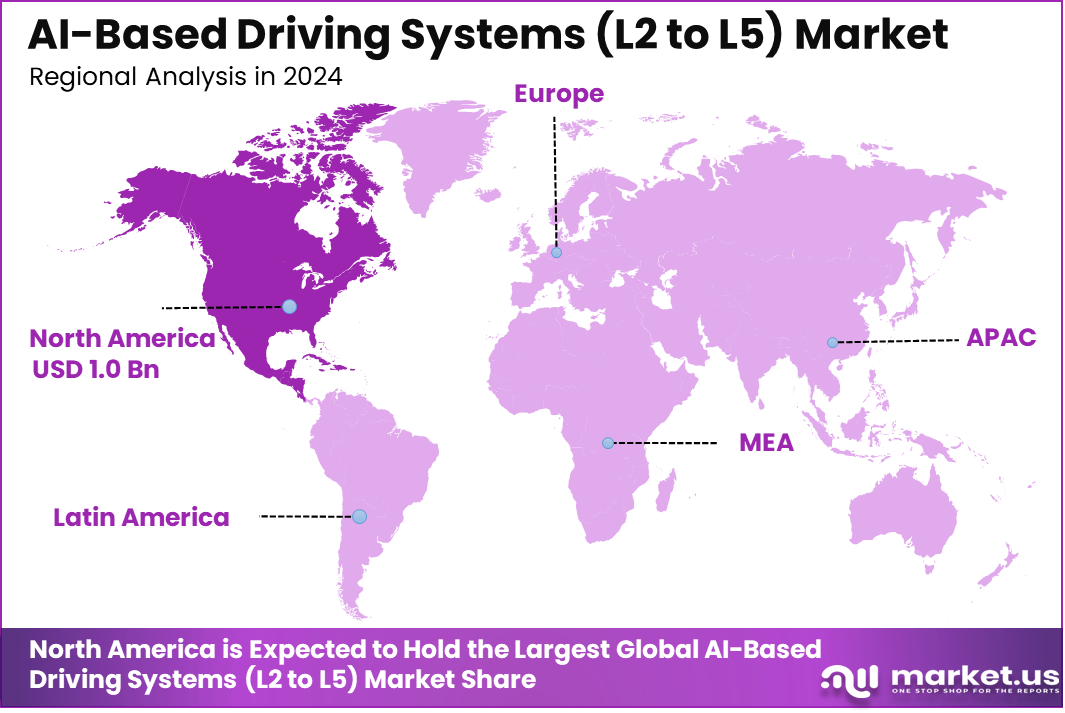
Driver Analysis
Growing Safety and Efficiency Demand
The AI-based driving systems market is mainly driven by the increasing demand from consumers and regulators for safer and more efficient vehicles. With human error causing over 90% of road accidents, these AI systems such as adaptive cruise control, lane-keeping assist, and collision avoidance play a crucial role in reducing crashes. These automated safety features enhance driver comfort and help prevent accidents, making roads safer.
Moreover, AI-based driving systems improve vehicle efficiency by optimizing acceleration, braking, and route planning, which contributes to reduced emissions and better fuel economy. As a result, automakers are motivated to integrate these AI technologies, particularly in mid-range and premium vehicles. The continued improvement in infrastructure and vehicle connectivity also supports the integration of AI for predictive decision-making and traffic management, further boosting the market growth.
Restraint Analysis
High Costs and Infrastructure Issues
One of the major restraints limiting the broader adoption of AI-based driving systems, especially at Levels 4 and 5, is the high cost associated with advanced sensors like LiDAR and high-performance AI processors. These components significantly increase the overall vehicle cost, restricting such technologies mostly to premium cars or specialized fleet operators. This limits market penetration in mainstream vehicle segments.
Additionally, many emerging markets face challenges related to inadequate road infrastructure and poor connectivity, which reduces the effectiveness and safety of autonomous driving systems. Road networks lacking smart communication systems and consistent signage delay the deployment of higher-level automation. Regulatory complexity and varied government standards across regions also add to the cost and delay in widespread adoption.
Opportunity Analysis
Expansion of Autonomous Fleet and Urban Mobility
The rise of autonomous fleets, including robo-taxis and last-mile delivery vehicles, presents a significant growth opportunity for AI-based driving systems. These commercial applications benefit from automation by reducing reliance on human drivers, improving logistics efficiency, and lowering operational costs. Many companies are investing in AI-driven decision-making technologies, sensor fusion, and real-time mapping to support the rollout of these fleets.
Furthermore, urban areas are evolving with increased connectivity and smart infrastructure, enabling smoother integration of autonomous vehicles. Vehicle-to-everything (V2X) communication systems allow cars to interact with traffic signals, road infrastructure, and other vehicles, optimizing traffic flow and reducing congestion. This trend will open new avenues in shared mobility services and subscription-based autonomous offerings, broadening revenue streams beyond traditional vehicle sales.
Challenge Analysis
Regulatory and Security Concerns
A significant challenge facing the AI-based driving systems market is the complex and inconsistent regulatory landscape worldwide. Different countries have varying rules and standards for testing and deploying autonomous vehicles, making it difficult for manufacturers to launch products globally. Navigating these regulations adds to development timelines and costs.
Security is another pressing concern with connected AI systems in vehicles. The threat of cyberattacks targeting these autonomous driving technologies can compromise passenger safety and data privacy. Consumer hesitation stemming from fears over system reliability and cybersecurity is slowing down the adoption rate. The industry will need strong collaboration between manufacturers, regulators, and cybersecurity experts to address these issues and build trust in autonomous systems.
Key Market Segments
By Automation Level
- Level 2 (Partial Automation)
- Level 3 (Conditional Automation)
- Level 4 (High Automation)
- Level 5 (Full Automation)
By Component
- AI Hardware (Chips, GPUs, ASICs, FPGAs)
- Software (Perception, Planning, Control Algorithms)
- Sensors (LiDAR, Radar, Cameras, Ultrasonic Sensors)
- Connectivity Modules (V2X, 5G, Edge Devices)
By Vehicle Type
- Passenger Vehicles
- Commercial Vehicles
- Robo-Taxis / Autonomous Shuttles
By Propulsion Type
- Internal Combustion Engine (ICE)
- Electric Vehicles (EVs)
- Battery Electric Vehicles (BEVs)
- Plug-in Hybrid Electric Vehicles (PHEVs)
By End User
- OEMs
- Tech Providers / AI Startups
- Fleet Operators
- Mobility-as-a-Service (MaaS) Companies
- Logistics & Delivery Companies
By Region
- North America
- Latin America
- Western Europe
- Eastern Europe
- Asia Pacific
- The Middle East and Africa
Top Key Players in the Market
- Tesla, Inc.
- NVIDIA Corporation
- Intel Corporation (Mobileye)
- Alphabet Inc. (Waymo)
- Aptiv PLC
- Continental AG
- Bosch Mobility Solutions
- ZF Friedrichshafen AG
- Aurora Innovation
- Cruise (GM)
- Pony.ai
- Nuro Inc.
- AutoX
- Valeo
- Hyundai Mobis
- XPeng Motors (XNGP System)
- Baidu Apollo
- Huawei Technologies
- Qualcomm Technologies
Source of Information – https://market.us/report/ai-based-driving-systems-l2-to-l5-market/

Rohan is a senior editor at Techno Trenz. He knows a lot about digital marketing, SEO, and social media optimization. Rohan is great at creating and editing detailed articles with accurate statistics that readers find useful. As a senior editor, he reviews and checks the quality of content from many writers before it is published. He also makes infographics to go with the statistics, making the information easier to understand and more engaging. Rohan's hard work ensures that Techno Trenz provides high-quality and informative content to its readers.





